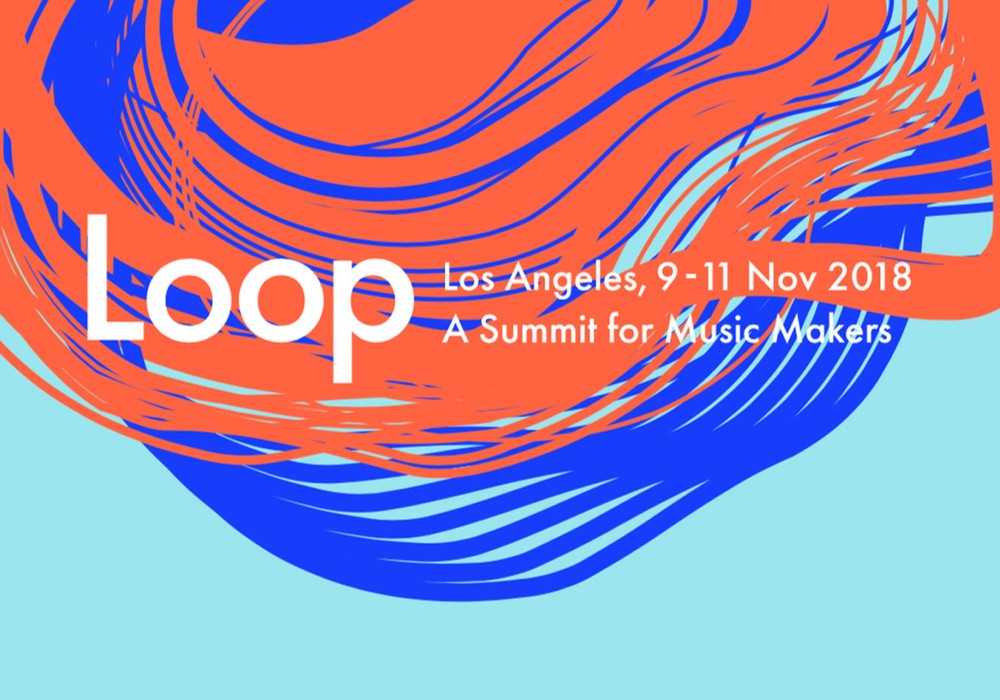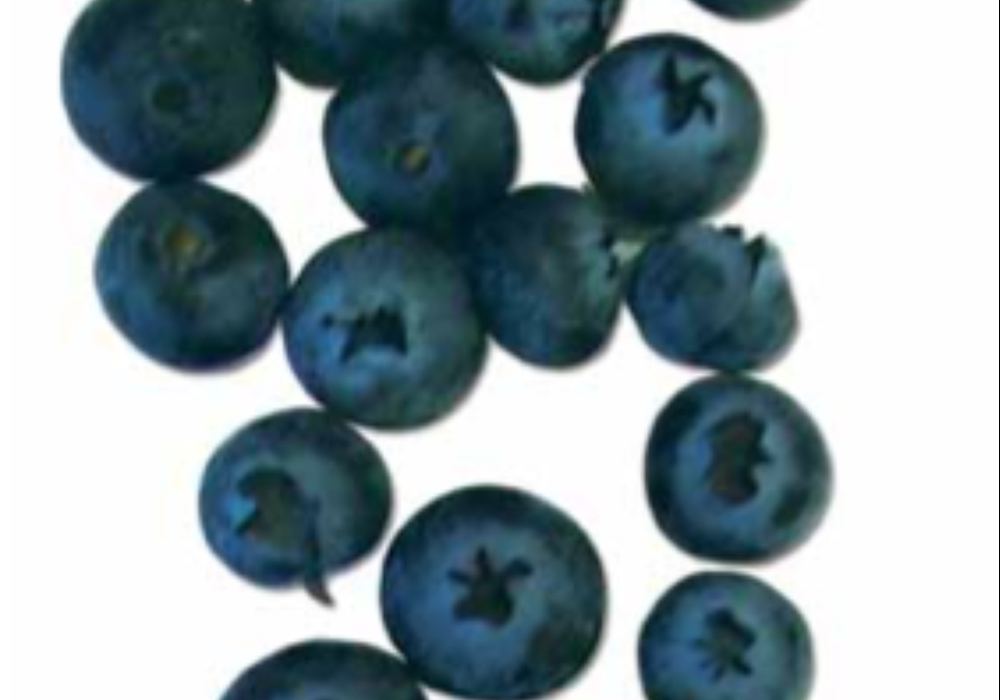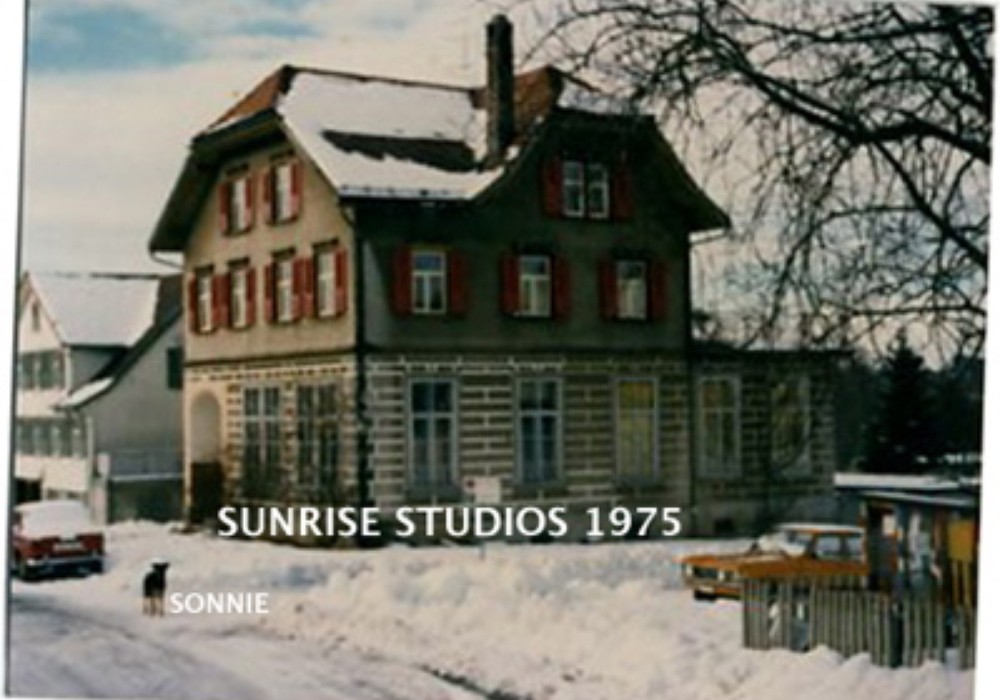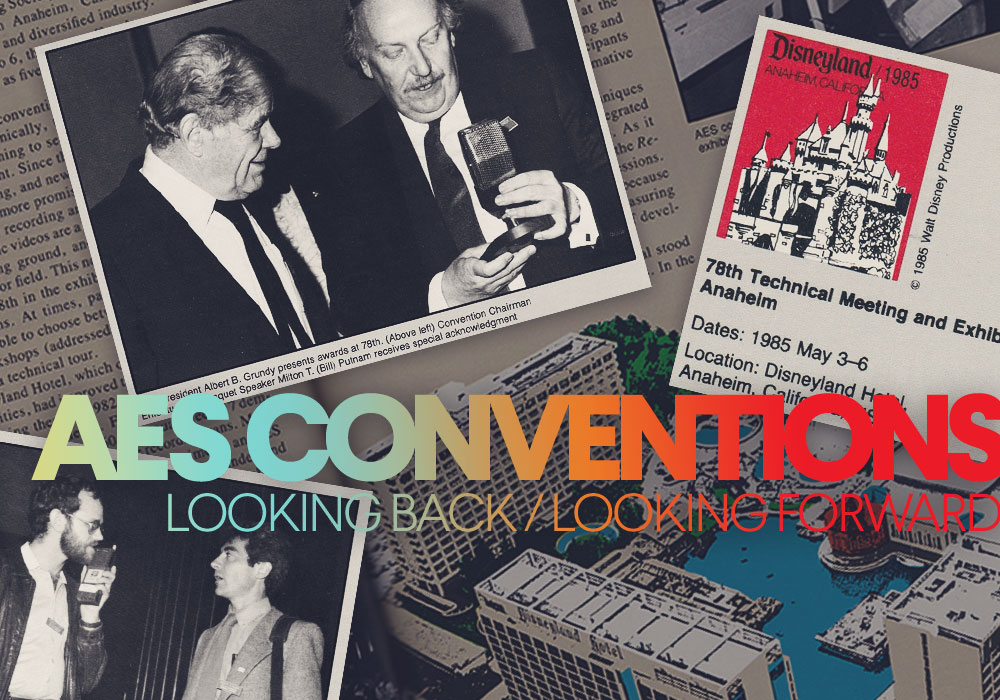
I'm in the process of moving and was cleaning my office earlier today. I have a large collection of vintage audio magazines and books that I use for clip art when working on Tape Op layouts. Among these collections I have a box of Journal of the Audio Engineering Society publications from the early ‘80s, back when I was a student member of AES. I was wading through some of those, thinking about pulling some graphics for the cover art for our September/AES Convention issue (which I did). In looking through these issues, I found the July/August 1985 issue which had a report from that year’s Anaheim AES Convention – the first AES Convention I attended.

I remember that show fondly; driving down to Anaheim, staying at some cheap hotel (this was before the entire city was rebranded as a "resort"), eating cheap Mexican food, and, of course, the AES Convention itself. Held at the (then tiny) Disneyland Hotel, it was mainly small vendors with table-top booth displays. It's interesting to recall that despite the low key nature of the show, 1985 was a pivotal year (and decade) for audio. Digital recording, digital reverbs, and digital delays were the big buzz, but hard disc recording and
Digidesign's Sound Tools (which eventually morphed into Avid's ubiquitous Pro Tools) was still several years off. Nonetheless, the excitement was palatable, especially for a 21 year old kid working his first studio gig. That was a long time ago. I'm now ingrained as a part of the pro audio industry in a way that I could never have imagined in 1985, thanks in no small part to meeting Larry Crane, recording his band Vomit Launch in the later ‘80s, and then eventually partnering up with him on Tape Op in 1999, his fledgling recording magazine that I thought was awesome.
As I was looking through that 1985 AES report, it was fun to see how many people from 1985 are still in the industry (and how young they looked in those photos!). Many have become my friends and colleagues. But I'm not into nostalgia, and I don’t miss the old days. As I've become part of the pro audio industry, I've had many conversations with "pillars of the industry," and in the last ten years I've heard some of these folks voice a common theme, something along the lines of how the AES Convention sucks these days and how it's not as relevant as it used to be. The common complaint is that it's just not big enough anymore. There are not enough booths, not enough attendance, etc.
I'm here to disagree, and to look back at the show over the years and decades. Historically speaking, a lot of these people complaining about AES are a bit short sighted. Sure, the AES Convention in the late ‘90s and early ‘00s was huge, paralleling the explosion of affordable digital recording that made recording music accessible to far more people than in 1985. But then, as the economy faltered, software began to replace hardware, and marketing started to move online, the AES Convention naturally shrank. Does this make AES less relevant to those of us dedicated to audio and music? No, I would argue that it might even be more relevant. Every industry has its boom, but it's how we navigate after the boom that determines our longevity.
When I hear people complain about AES, it's often in comparison to the NAMM Show. The argument is that NAMM has way more traffic. Okay, sure. Who can argue with that? But in terms of the crowd at the shows, NAMM feels like going to Costco on a weekend, and AES feels like going to a party at a small, knowledgeable audio dealership with staff that understand how you work. Since there are hardly any small pro audio dealers left, that would make AES even more vital. Let's also look at attendance polices: Getting a badge to NAMM is like getting onto the backstage guest list at a Radiohead show – it’s difficult. Getting into AES is easy – it's free to see the exhibits and a handful of free educational events. I always enjoy going to the NAMM show, but NAMM is about Music Merchants (the "MM" in NAMM), and AES has always been more about education and standards in our industry.
We need both conventions! Without education, there is no commerce. One of the things I always love about AES is that, despite the show being exhausting, it's also energizing in a certain way. That comes from getting into discussions with folks like Geoff Daking, Doug Fearn, John Hardy, Wes Dooley, and all the other dedicated audio professionals who've been working in audio since (or before) 1985. the other thing that energizes me is how many excited young people I meet who remind me of myself in 1985. These "kids" are our future and they're not at NAMM. Everyone should go to AES! It's free, and you can meet up with a bunch of super smart people who are eager to meet and talk to you.
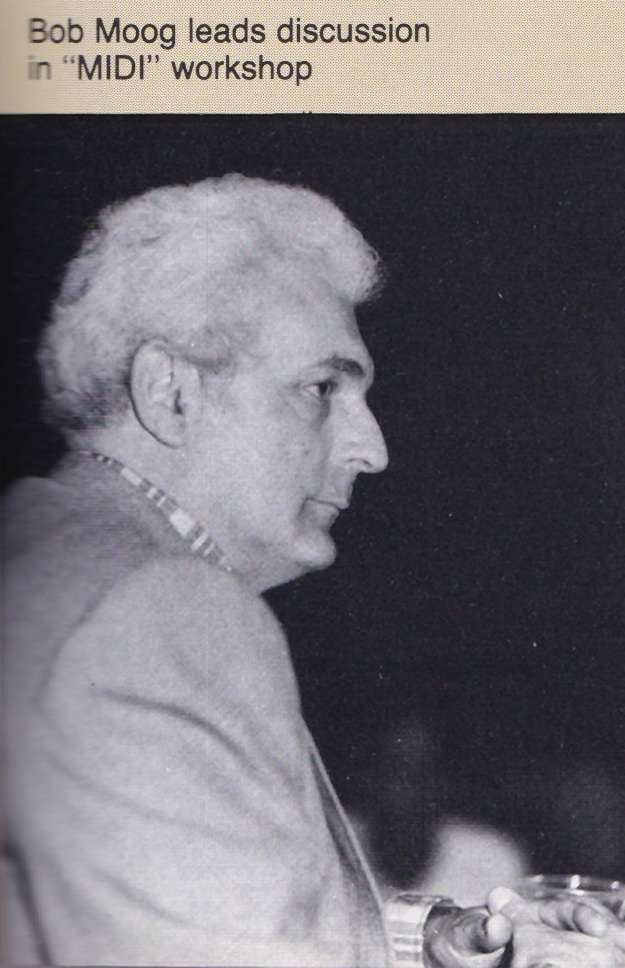
In conclusion, I sincerely hope and ask that all of us – "kids" and circumspect manufacturers alike – support AES for many years to come. As people dedicated to pro audio and music, it's our show, it's our people, and it's the only time that – once a year – we're all together in one room. And, if you look at this in the long term: the 1985 AES Convention had 140 exhibitors (many of whom are still in business today) and the 2016 AES Convention has 211 exhibitors, which feels like a healthy growth curve for a mature industry. Let's also not ignore the fact that AES has listened to its members, and the show is back in Los Angeles, a city where music and audio is
booming right now. With the show now settled between L.A. and NYC on alternating years, I hope those of us in the audio industry can realize it's a productive, and even essential, gathering of the tribes in a way that no other trade show has been able to capture (including our own very fun and wonderful TapeOpCon, RIP). To put this all in perspective, I thought it might be interesting to reprint some of the pages from those 1985 AES journals so we can all see just how big the industry was back in the day before it all turned to shit the way it is now...
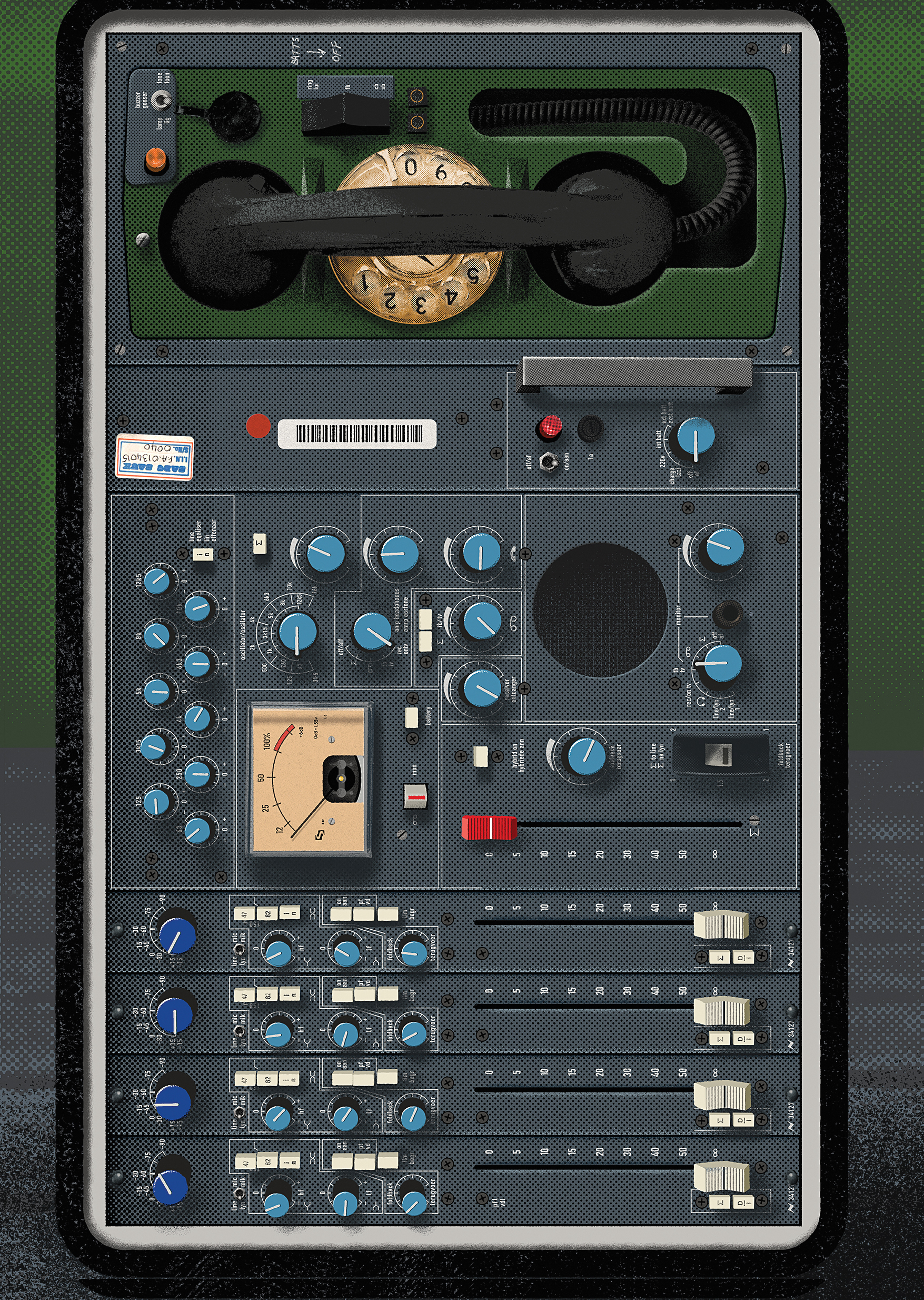

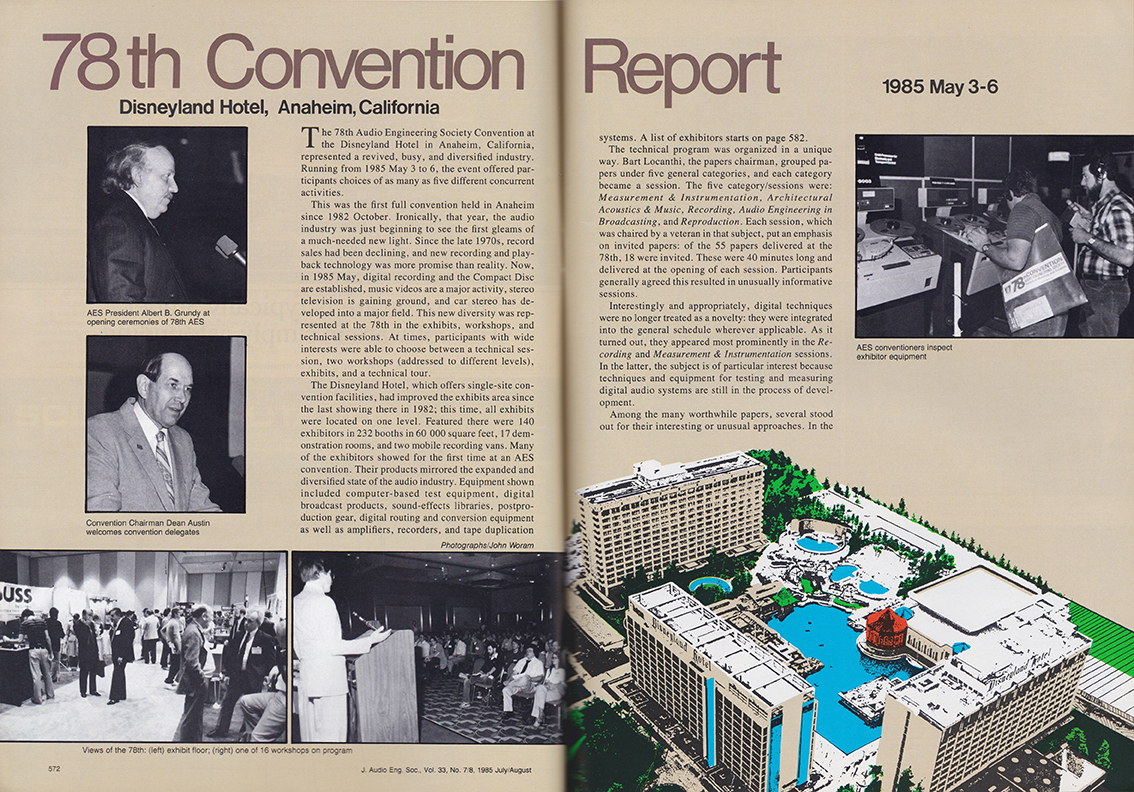
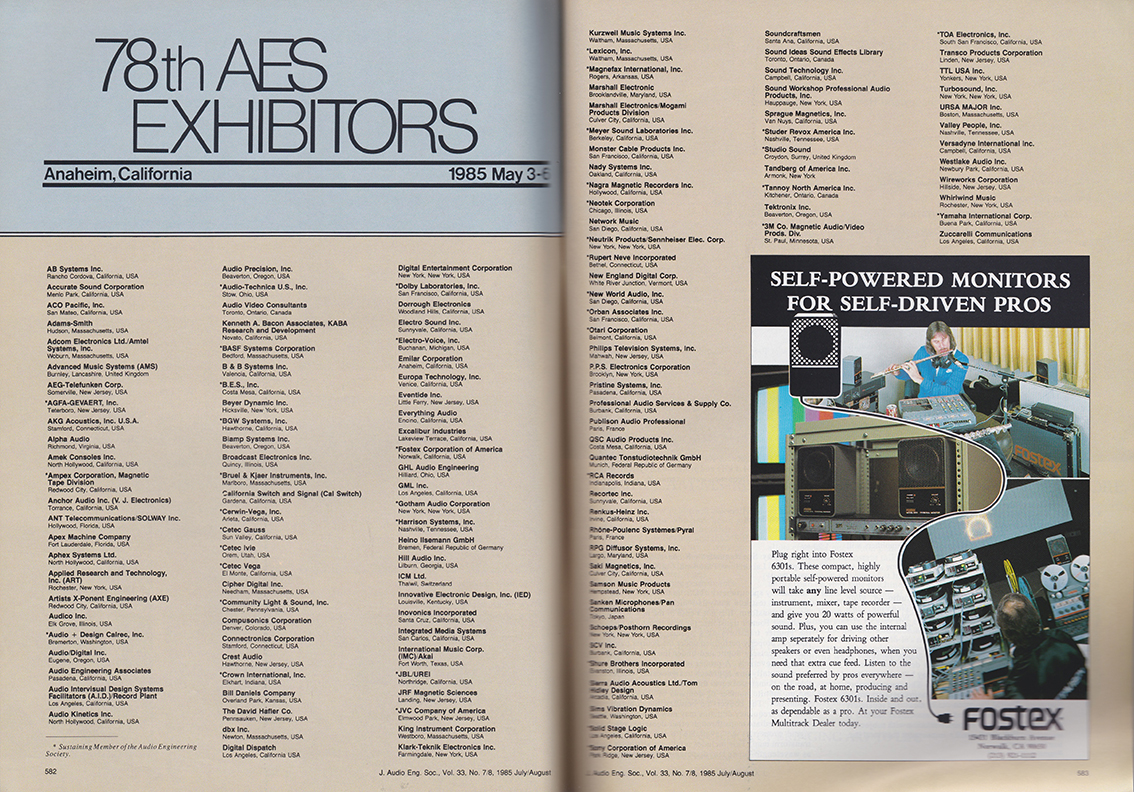
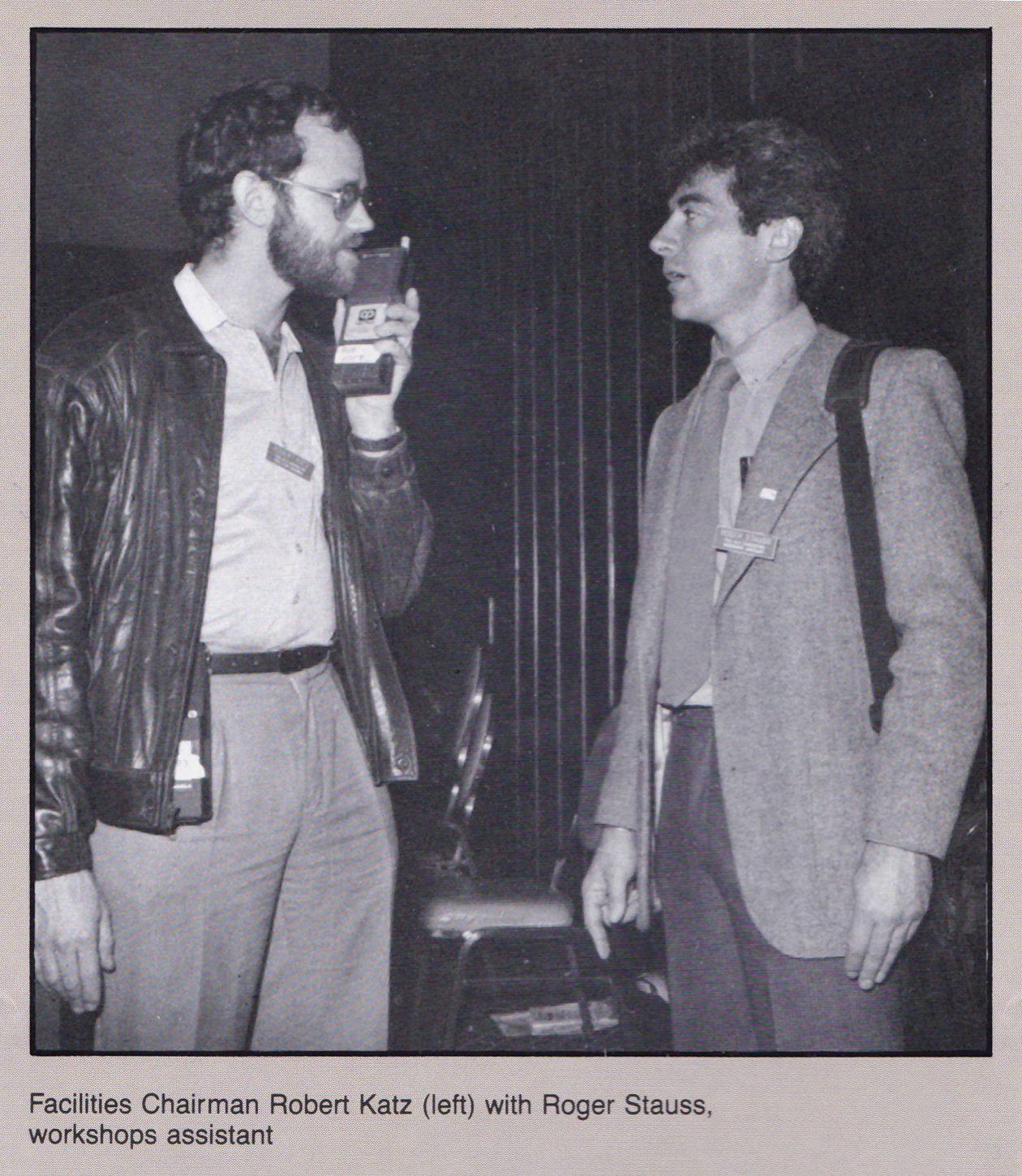
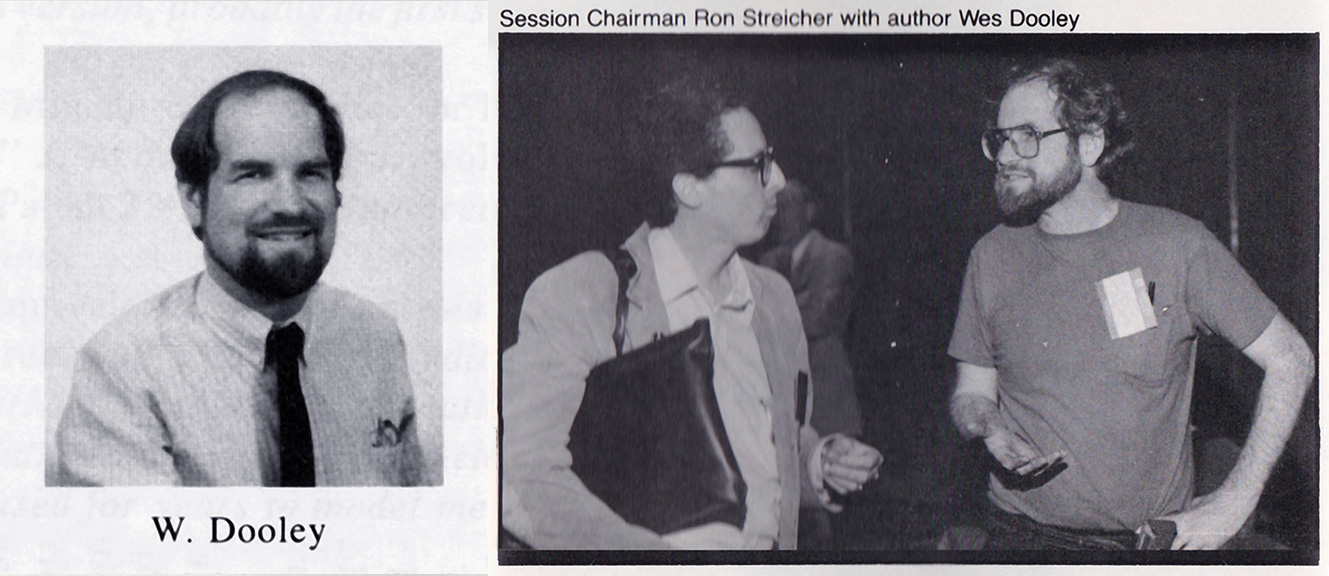

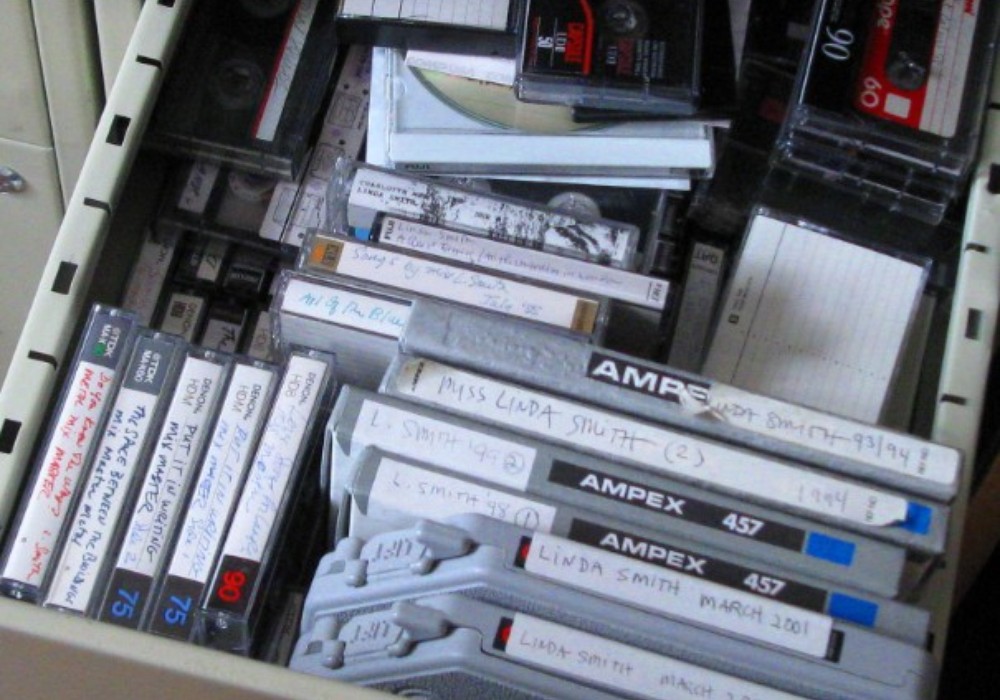
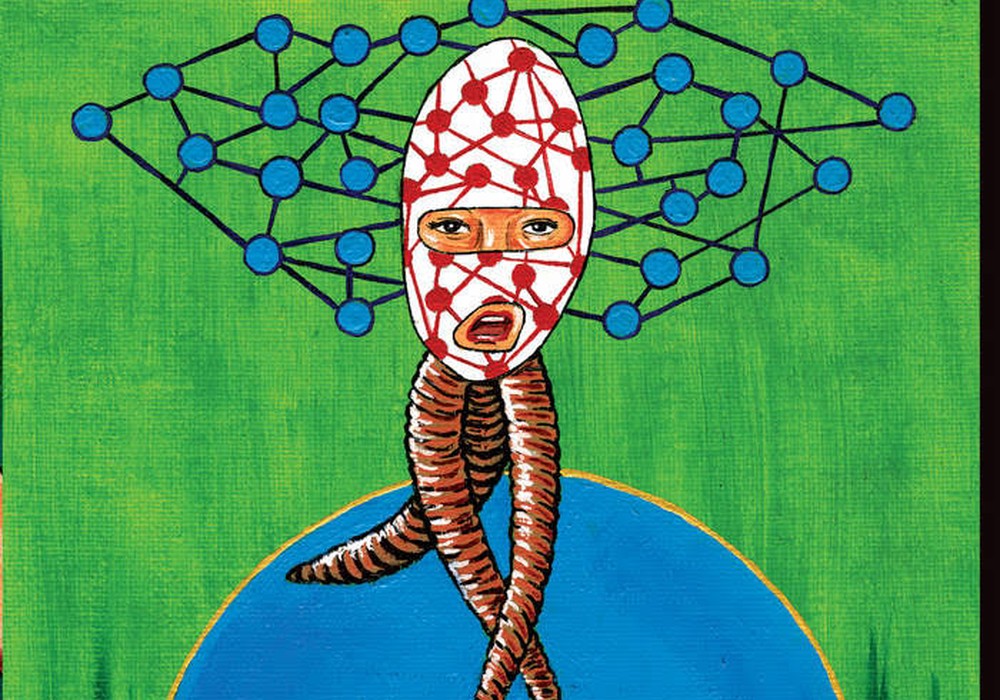
_display_horizontal_display_horizontal.jpg)
